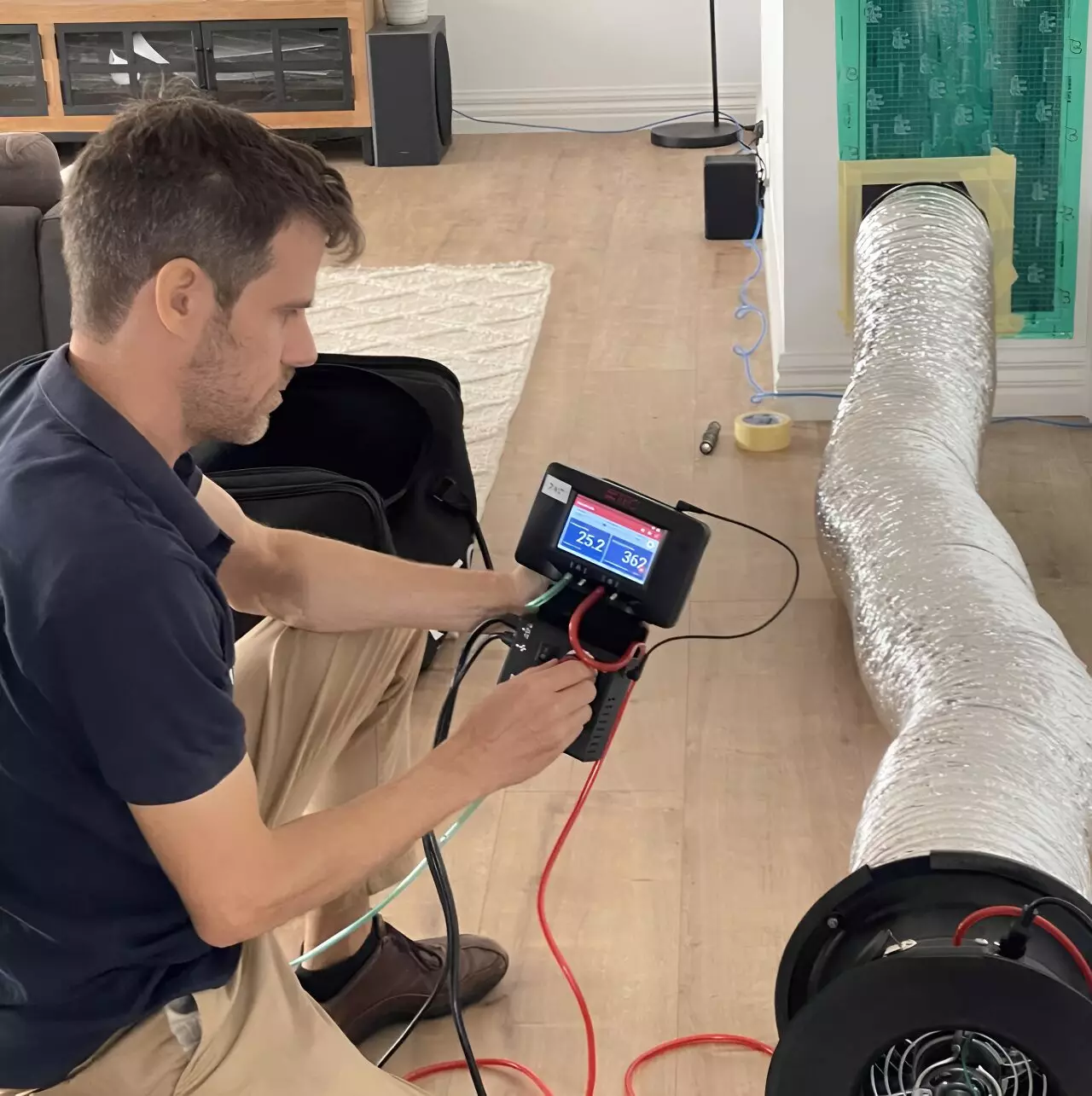The recent research conducted by CSIRO has shed light on the air tightness levels in new Australian homes, revealing that they are up to 50% more airtight than those tested just a few years ago. This is a positive development for homeowners, as proper air tightness can result in increased comfort, lower energy bills, and improved indoor air quality. By minimizing unintended air movements within a building, air tightness prevents outdoor air from entering and indoor air from escaping. On the other hand, poor air tightness can lead to drafts, which in turn can increase energy bills by up to 20%.
Conversely, homes that are overly airtight without proper ventilation can lead to issues such as condensation, mold growth, and health problems for residents. These health issues can range from headaches to nausea, caused by higher levels of carbon dioxide and monoxide in the indoor air. The study tested a total of 233 homes in different cities across Australia, excluding those specifically designed for air tightness. While the results were generally positive and aligned with standards in other countries, there is still room for improvement.
The research used a blower door test to identify leakage rates and pinpoint where these leakages were occurring. Most of the new homes showed leakages from areas like bathroom fans, sliding doors, and poorly sealed doors. Some apartments were found to be extremely airtight, highlighting the importance of controlled ventilation to ensure both building performance and resident health. However, the good news is that there are simple and affordable solutions to address these issues, both during construction and after.
Recommendations for Improvement
The report outlined several recommendations for Australian building codes to tackle common air tightness issues. These recommendations include establishing air tightness standards in the National Construction Code, mandating controlled ventilation in new buildings (especially apartments), making air barriers like building wraps mandatory in all new homes, and providing training and resources for builders to implement cost-effective solutions. The study also found that actual air tightness levels closely matched those assumed by the Nationwide House Energy Rating Scheme (NatHERS), which provides energy efficiency ratings for residential buildings.
The research on air tightness in Australian homes provides valuable insights into the state of current constructions and the potential for improvement. By addressing air tightness issues through the implementation of recommended strategies, homeowners can enjoy increased comfort, reduced energy costs, and better indoor air quality. It is essential for building codes to incorporate air tightness standards and for builders to prioritize proper ventilation to ensure the long-term wellbeing of residents. By taking these steps, the housing industry in Australia can move towards more sustainable and healthier living environments.


Leave a Reply
You must be logged in to post a comment.